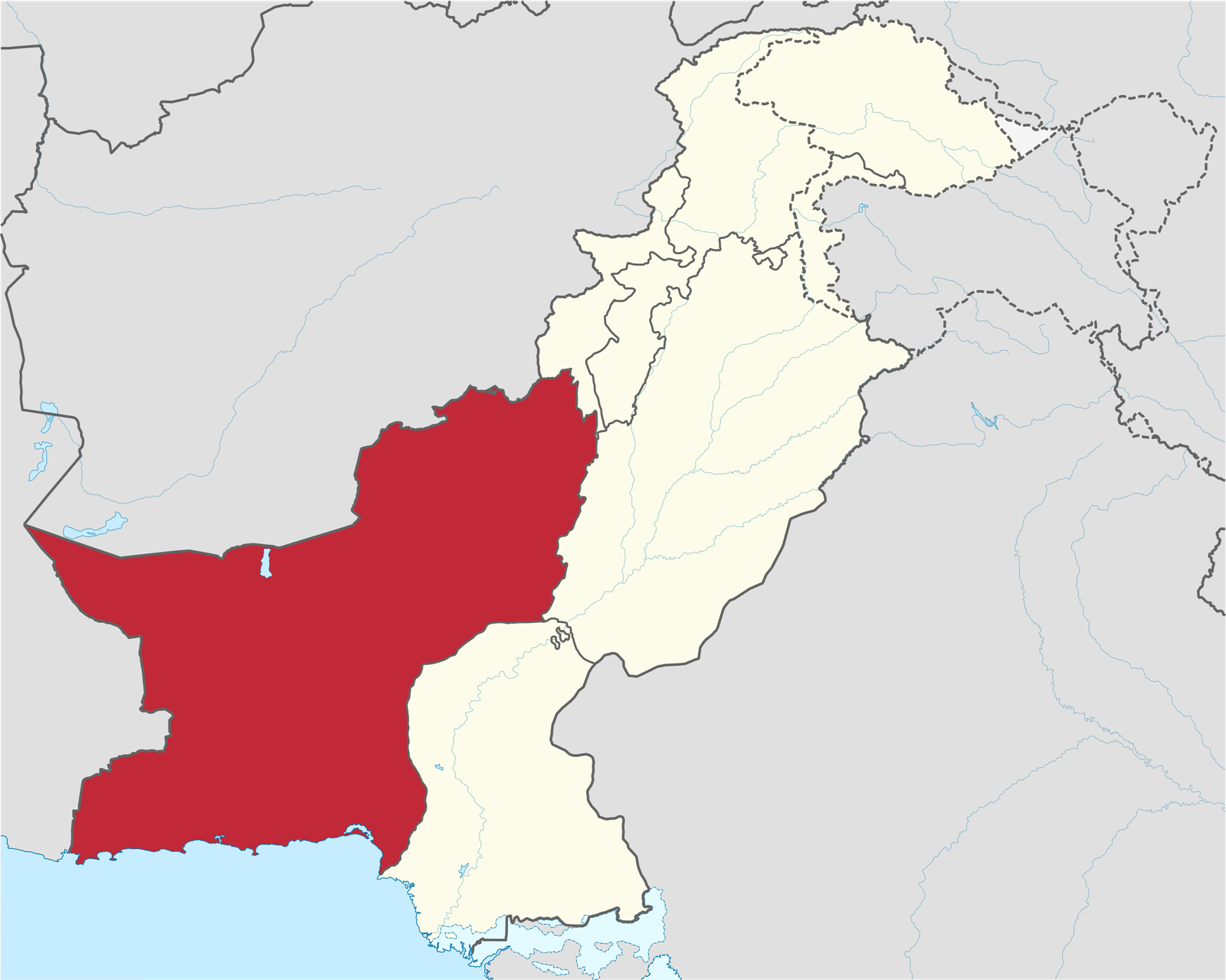Editorial
Pakistan’s long-standing struggle to revive its cotton sector has once again been struck by natural calamity and systemic weaknesses. The recent spells of heavy rainfall and flooding across Punjab and Sindh, coupled with widespread virus attacks, have devastated fields that were earlier expected to deliver a historic bumper crop. Optimism in May, when cotton ginning began earlier than ever before, has been replaced by fears of large-scale losses, particularly in Bahawalnagar where nearly 40% of the crop has already been destroyed.
The crisis reveals two structural weaknesses: environmental vulnerability and policy inertia. Excessive sugarcane cultivation in freshwater zones has left cotton more exposed to pests and viral attacks, while lack of drainage planning has worsened the effects of waterlogging. As factories suspend operations and prices of lint fall despite low availability, both farmers and ginners face financial strain. The cotton economy — the backbone of Pakistan’s textile exports — is again under threat.
The government must act beyond routine relief measures. A coherent national cotton strategy is urgently needed to address climate-induced shocks, regulate crop zoning, and provide modern seed technology to farmers. Federal Commerce Minister Jam Kamal’s promise of a five-year textile policy is welcome, but unless cotton production itself is stabilized, export-led growth will remain a distant dream. Pakistan cannot afford recurring cycles of false hopes and shattered targets in its most vital crop.















